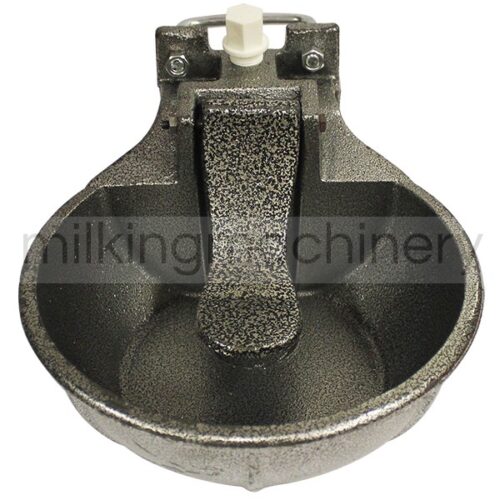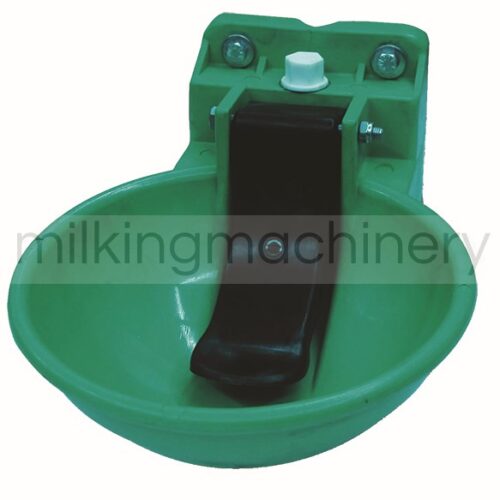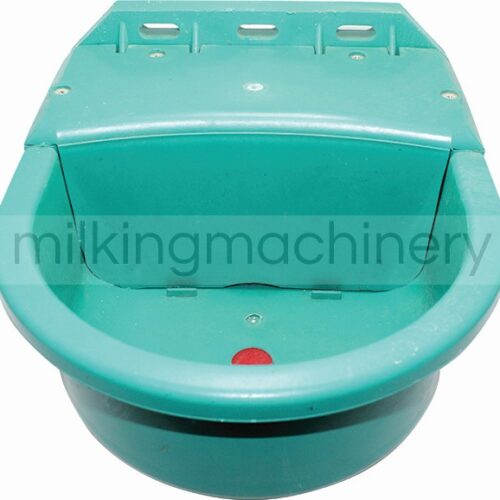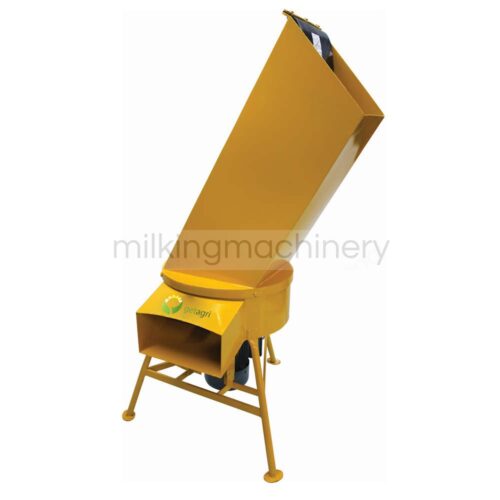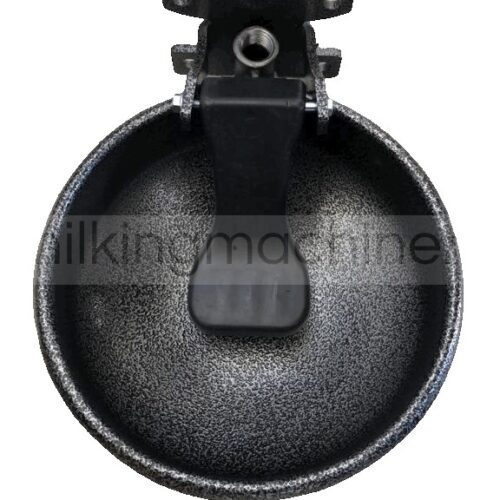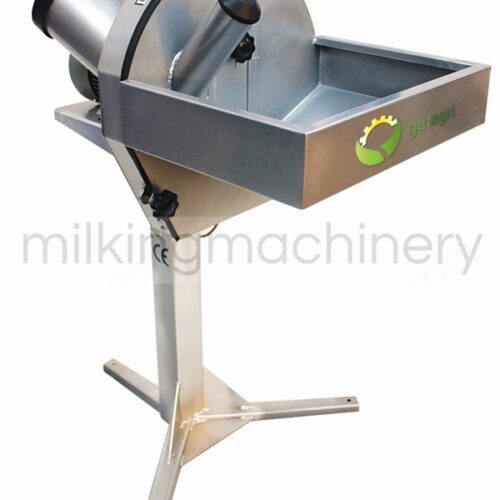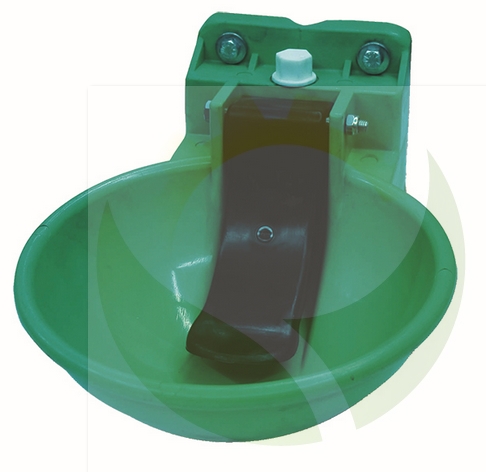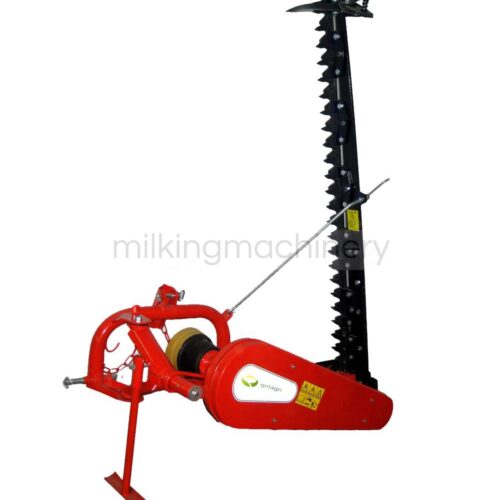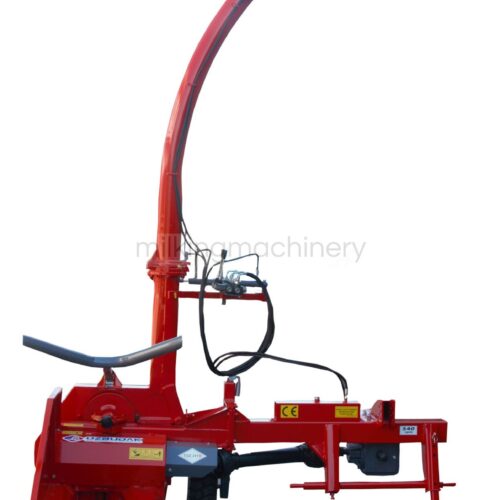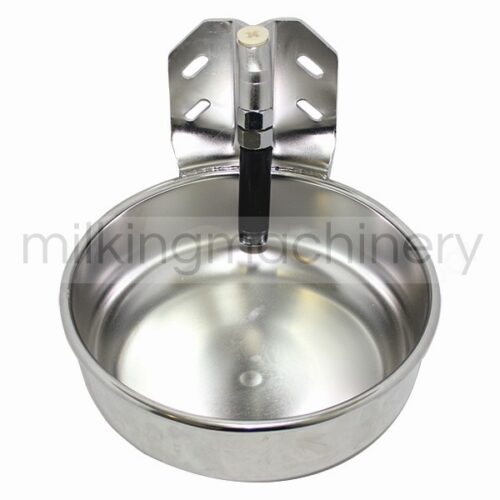Farm equipment refers to the various machines and tools used in agriculture to cultivate, plant, harvest, and manage crops, as well as to care for livestock. This equipment is designed to make farming more efficient, productive, and cost-effective. Some products are;
A cattle crush, also known as a squeeze chute or cattle chute, is a strongly built stall or cage used to hold cattle safely while they are examined, marked, or given veterinary treatment. It is designed to minimize the risk of injury to both the animal and the operator.
A swinging cow brush is a device designed to improve cow comfort and hygiene by allowing cows to rub and brush themselves against it. These brushes swing freely and rotate at a gentle, cow-friendly speed, providing a soothing and cleaning experience for the animals. They are built with safety features to ensure that they rotate at a safe speed and stop immediately if there is any resistance, prioritizing the well-being of the cows.
An animal mat is a type of flooring or bedding designed for use by pets or other animals to provide comfort, insulation, and protection. These mats are typically made of materials like rubber, which are easy to clean and waterproof.
A milking machine is a mechanical device used to extract milk from dairy animals such as cows, goats, and sheep. It is a crucial tool in modern dairy farming as it automates the milking process, making it more efficient and hygienic compared to manual milking. Here’s how a typical milking machine works:
- Teat Preparation: Before milking, the udder and teats of the animal are cleaned and sanitized to prevent contamination of the milk.
- Milking Cluster: The milking machine consists of a milking cluster or unit, which includes teat cups or liners. These cups are placed over the teats of the animal.
- Vacuum System: The milking machine is equipped with a vacuum system that creates a partial vacuum within the teat cups. This vacuum gently massages and squeezes the teats, simulating the action of hand milking.
- Milk Extraction: As the vacuum is applied, it causes the milk to flow from the udder into the teat cups. The milk is then transported through a network of tubes to a storage container or bulk tank.
- Pulsation: To mimic the natural pulsating action of a hand milker, most milking machines use a pulsation system. This system alternates between applying and releasing the vacuum, which helps prevent teat tissue damage and encourages milk flow.
- Milk Collection: The milk collected from all the teat cups is combined in a common collection point and then sent to a storage tank. In larger dairy operations, this may be a bulk tank where milk from multiple animals is stored together.
- Monitoring: Many modern milking machines are equipped with sensors and automation to monitor milk yield, detect any irregularities, and ensure the milking process is efficient and comfortable for the animal.
Milking machines have numerous advantages for dairy farmers, including increased milk production efficiency, improved milk quality, reduced labor costs, and better hygiene control. However, it’s important to use milking machines correctly and maintain them properly to ensure the well-being of the animals and the quality of the milk produced.
Milking machines offer several advantages over manual milking, including increased efficiency, reduced labor requirements, and improved milk quality. However, they require regular maintenance and monitoring to ensure they function correctly and do not harm the animals. Additionally, proper training in the use of milking machines is essential for the welfare of the animals and the quality of the milk produced.
“Our Mission: Better Milk, Happier Farmers.”
“Efficiency, Quality, Sustainability.”
“Efficiency in Every Drop.”

